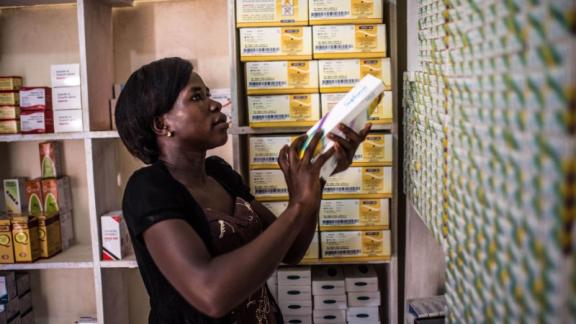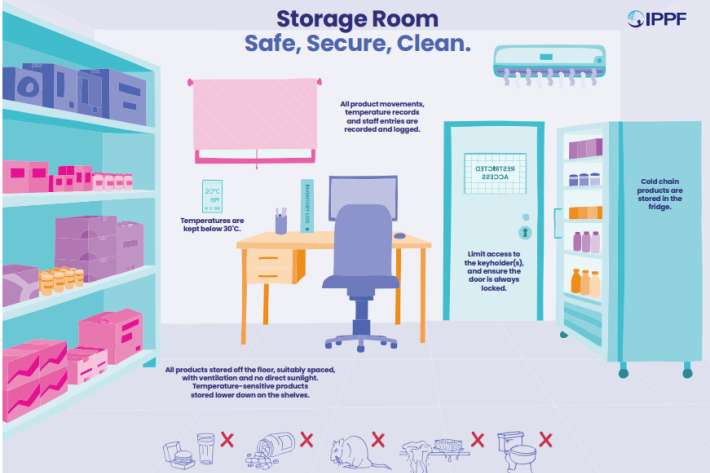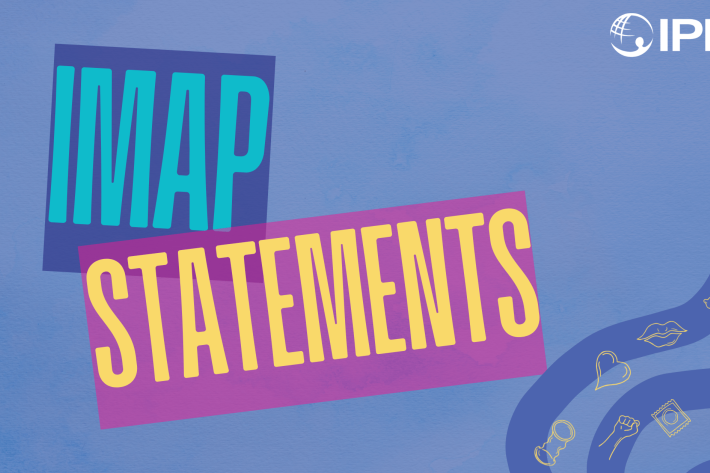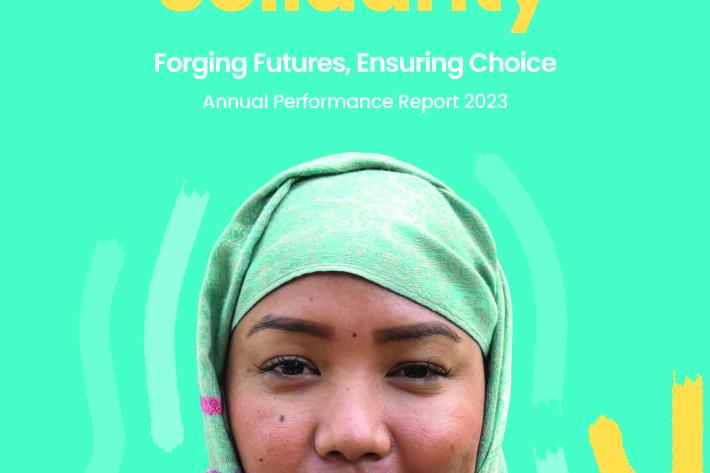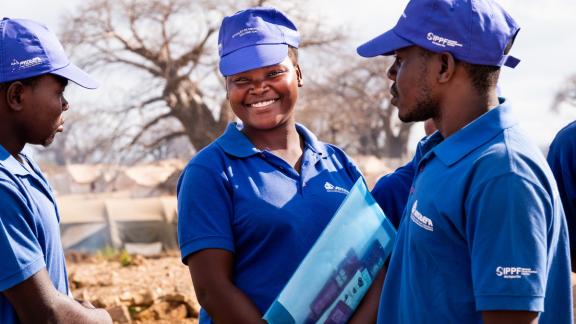Spotlight
A selection of resources from across the Federation
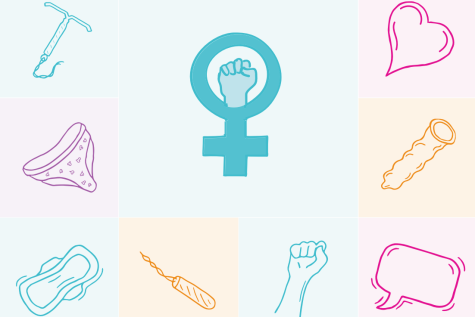
Technical Brief: Designing and Delivering Inclusive, Rights-Based Sexual and Reproductive Healthcare to Transgender and Gender Diverse People
This technical brief outlines key recommendations across several sexual and reproductive health service areas to promote access to inclusive care for transgender and gender diverse people.
Filter our resources by:
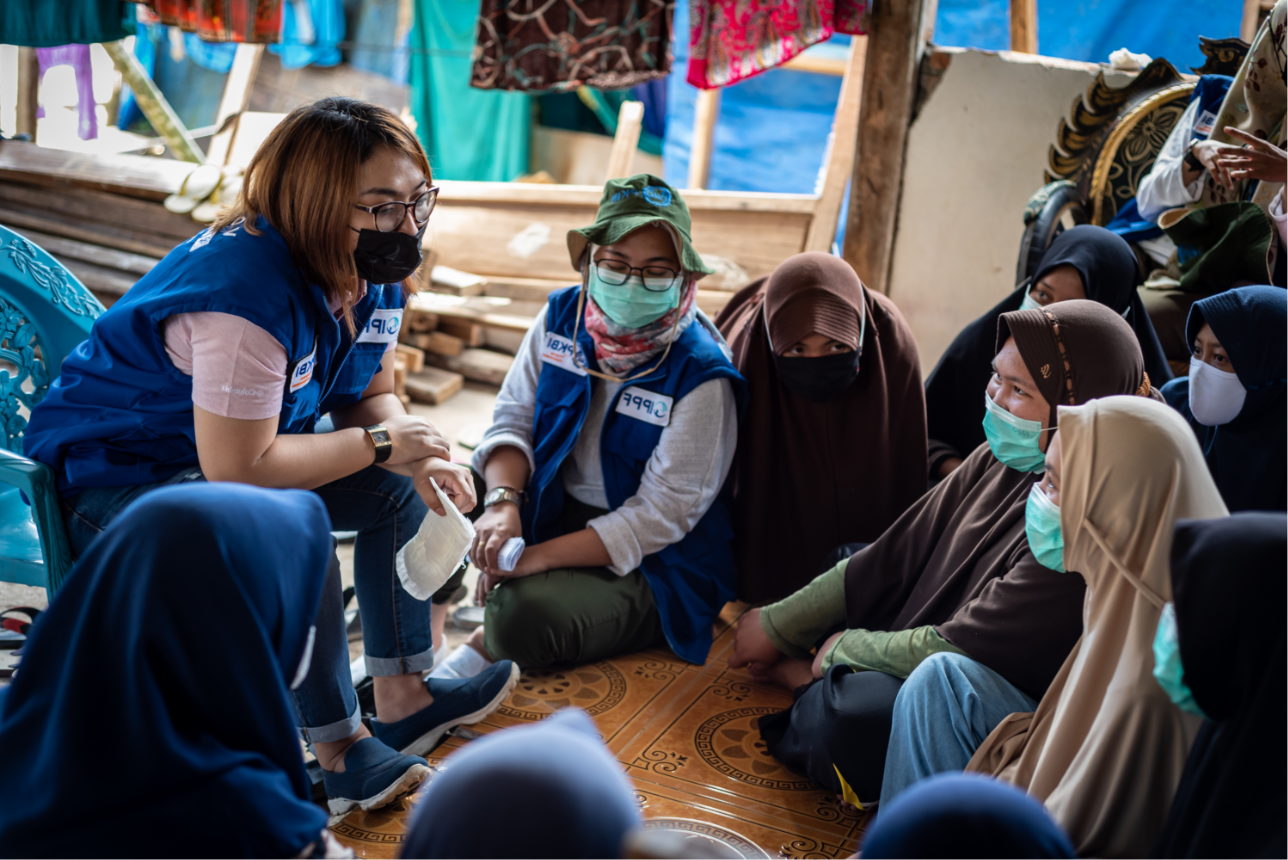

| 02 December 2015
IMAP Statement on hormone therapy for transgender people
This Statement has been prepared by the International Medical Advisory Panel (IMAP) and was approved in October 2015. This ‘Statement on Hormone Therapy for Transgender People’ complements and builds on earlier IMAP Statements, including ‘Sexual Rights and Sexual Health Services’ and ‘Sexual Health and Rights of Adolescents and Young People’. In the former Statement, IPPF explicitly explored the sexual rights and sexual health of people who are lesbian, gay, bisexual, transgender and intersex, and described how to provide the non‑discriminatory and essential health services required by these populations.

| 02 December 2015
IMAP Statement on the elimination of female genital mutilation
This Statement has been prepared by the International Medical Advisory Panel (IMAP) and was approved in June 2015. Female genital mutilation (FGM) is an umbrella term that includes all procedures that involve partial or total removal of the external female genitalia, or other injury to the female genital organs, for non‑medical reasons. Female genital mutilation violates a number of well‑established human rights principles, norms and standards, including the principles of equality and non‑discrimination on the basis of sex, gender, the right to bodily integrity, the right to life (because the procedure can result in death), and the right to the highest attainable standard of physical and mental health. Female genital mutilation has no health benefits, it is harmful to the health of women and girls, it violates women’s human rights and every effort should be made to eradicate the practice.
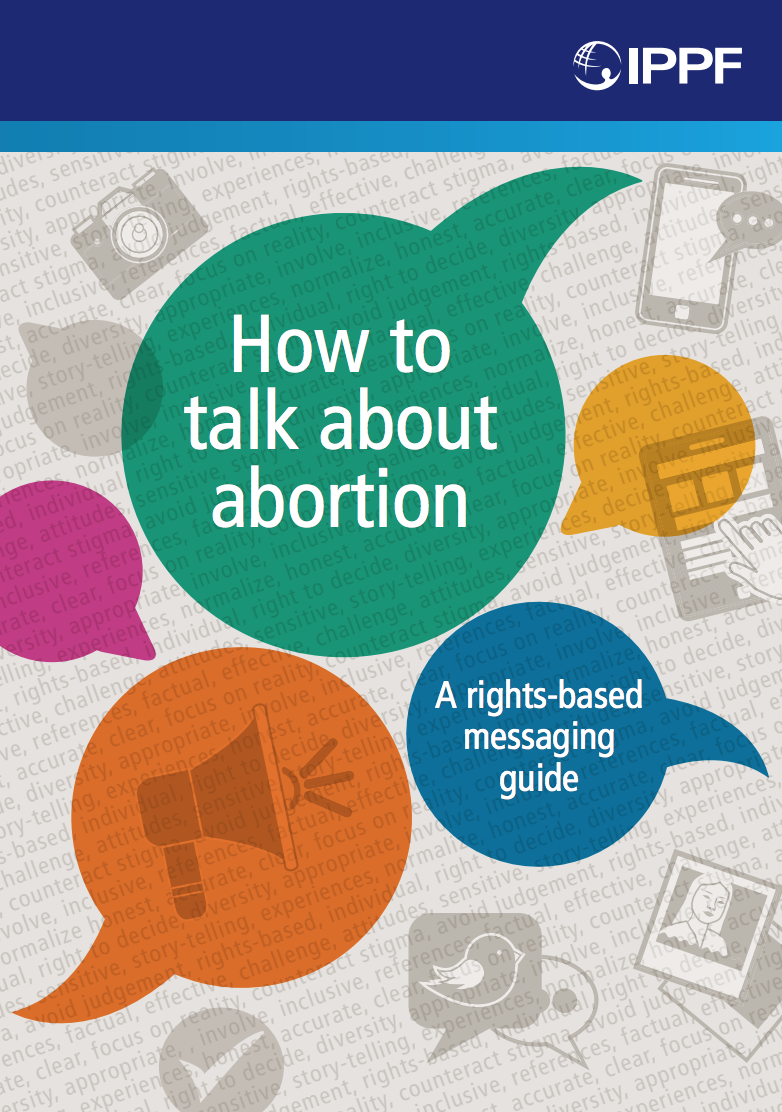
| 20 November 2015
How to talk about abortion: A guide to stigma-free messaging
How to talk about abortion: A guide to stigma-free messaging (updated April 2023) provides useful tips and advice on what to consider when developing materials relating to abortion. The content includes examples of positive, rights-based messages, and how to avoid using stigmatizing language and images. This guide can be used by educators, advocates, programmers, health professionals and policy makers, among others, to help inform the development of a wide range of communication materials. Learn more in this short video (also available in French and Spanish).
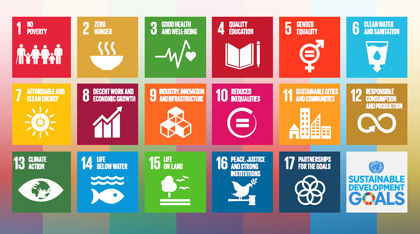
| 18 November 2015
Sustainable Development Goals: A SRHR CSO guide for national implementation
The Sustainable Development Goals (SDGs) are a framework of 17 goals and 169 targets across social, economic and environmental areas of sustainable development, which United Nations (UN) Member States have committed to making a reality over the next 15 years. The SDGs are to succeed the Millennium Development Goals (MDGs), which expire at the end of 2015, but are much broader in their scope. Unlike the MDGs, which were focussed on social issues, the SDGs set out targets across all three dimensions – social, economic and environmental – of sustainable development. Furthermore, while the MDGs were targeted at developing countries, the SDGs are applicable to all countries. The SDGs form part of the 2030 Agenda for Sustainable Development which UN Member States adopted at the UN Sustainable Development Summit in September 2015. The adoption of the Agenda is the culmination of a lengthy process of intergovernmental negotiations and consultations that lasted nearly three years. The outcome document of the process, ‘Transforming Our World: The 2030 Agenda for Sustainable Development’, consists of a short preamble, a declaration (outlining the vision and principles underlying the Agenda), the SDGs and accompanying targets, as well as sections on the means of implementation and the follow-up and review of the Agenda. The 2030 Agenda is an important political consensus document declaring UN Member States’ intent to work collectively towards achieving people-centred sustainable development over the next 15 years. The 2030 Agenda can be expected to affect the policy and funding priorities of both implementing governments and donors during this time, leading to a channelling of global development funding to the areas reflected in the goals and targets and influencing national development strategies and programming. This will present important opportunities for both advocates and service providers of sexual and reproductive health and rights (SRHR).

| 06 October 2015
Post2015 Financing Messaging Summary
"Post2015 Financing Messaging Summary" is a summary of key financing issues and key advocacy messages to improve access to reproductive health supplies.
| 05 October 2015
Inside and Out: Comprehensive Sexuality Education (CSE) Assessment Tool
Comprehensive, gender-sensitive, rights-based sexuality education (CSE) is an essential component of IPPF’s youth programme strategy. This tool is available in English, Spanish and French. Developed in partnership with UNESCO, IPPF’s CSE assessment tool Inside & Out enables Civil Society Organisations to assess the quality and comprehensiveness of their CSE programmes so that they can deliver high-quality rights-based CSE to adolescents and young people, especially in non-formal education settings. It includes analysis of language and messaging, programme development, educator training, interventions and national level health, demographic and social data, with a strong gender focus. The standards are based on IPPF’s Framework for Comprehensive Sexuality Education and the content assessed relates to IPPF’s seven components of CSE including; gender, SRH and HIV, sexual rights and citizenship, pleasure, violence, diversity and relationships. The tool also reflects IPPF and Pop Council’s It’s All One Curriculum. The purpose of Inside & Out is: To review and assess the comprehensiveness and quality of sexuality education programmes both inside and outside school setting (especially programmes run by civil society) based on international evidence and standards of good practice; To generate data that can inform and guide the development, improvement or reform of sexuality education programmes; To assess the relevance of sexuality education programmes in relation to national health, demographic and other social criteria (notably gender); To inform debate and advocacy by generating data on the state of sexuality education that is understandable, easy to analyse and accessible to different audiences; To provide a standardized assessment of sexuality education programmes. Please contact IPPF’s Adolescent, Gender and Rights team for any guidance and support on using the tool at [email protected].
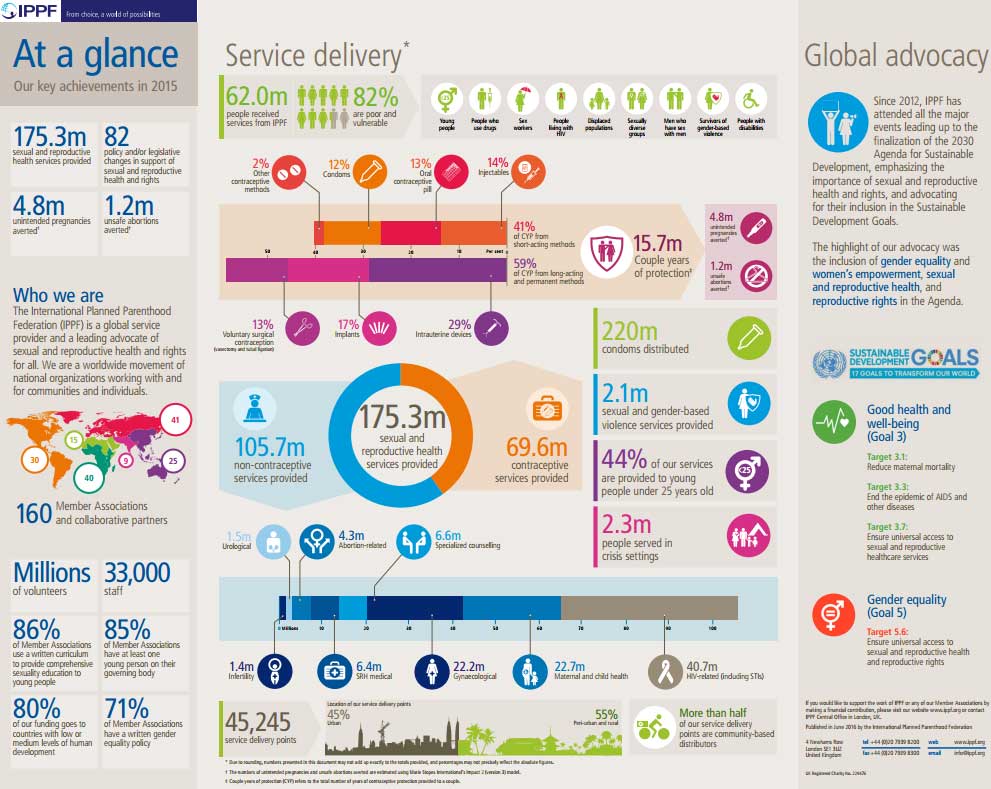
| 10 August 2015
At a Glance 2014
Key facts and figures highlighting IPPF's achievements in 2014.
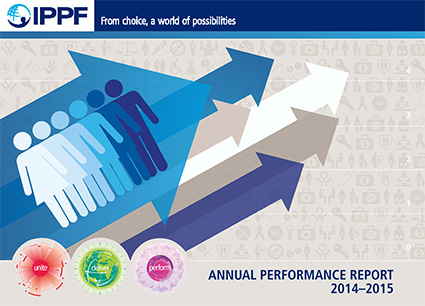
| 30 June 2015
Annual Performance Report 2014-15
2014 was our third year implementing IPPF’s three Change Goals – Unite, Deliver and Perform. We have monitored the trajectory of our growth in performance to date, and are already seeing remarkable success in all three areas, as presented in our Annual Performance Report 2014-2015. Member Associations and collaborative partners in 55 countries contributed to 81 changes in policy or legislation that support or defend sexual and reproductive health and rights. At the regional and global levels, IPPF’s advocacy contributed to 18 changes, of which 12 were advances in safeguarding sexual and reproductive health and rights in the post-2015 development framework. With the delivery of 149.3 million services in 2014, we are on track to achieve our ambitious target of doubling the number of sexual and reproductive health services provided between 2010 and 2015. Over eight in ten clients who accessed services were poor and vulnerable, while almost half of our services went to young people. IPPF’s achievements in 2014 contribute to a strong performance culture where decisions are based on data, organizational learning happens at all levels, technical support is provided to increase effectiveness, and investments are made to support communities most in need.

| 17 June 2015
Financial Statement 2014
Financial Statements for 2014 Executive Summary IPPF’s total income has fallen by US$10.0 million from US$136.1 million to US$126.1 million. This reduction is due to a fall in unrestricted government income of US$2.2 million, a reduction of restricted government income of US$8.0 million and reduced donations in kind of US$2.2 million offset by an increase in restricted grants from multilaterals of US$2.9 million. The total decrease is equally split between unrestricted and restricted income at US$5 million each. With the exception of Australia, all government donors have held level or increased their unrestricted funding to IPPF in the donor currency. However the strengthening of the US dollar has had a significant impact, effectively reducing US dollar unrestricted income by approximately 9% on a like for like basis compared to 2013. Total expenditure has risen from US$132.8 million to US$137.6 million. Unrestricted expenditure has risen from US$76.8 million to US$84.3 million while restricted expenditure has fallen from US$56.0 million to US$53.3 million. The increase in unrestricted expenditure is driven by an exchange loss (US$3.6 million) and the use of designated funds to provide support in a number of areas: support in South Asia for system strengthening (US$1.7 million); provision of support to Member Associations (MAs) to scale up services (US$0.9 million); development of the new strategic framework (US$0.4 million); international advocacy and supporting IPPF Vision 2020 campaign to place sexual reproductive health (SRH) and rights at the centre of the sustainable development agenda (US$0.8 million); and support for resource mobilization at a regional and central level (US$1.4 million). Restricted expenditure levels are driven by the timing of donor funded programmes, which vary on a year-byyear basis. This has resulted in an unrestricted deficit of US$4.6 million before other unrecognized gains and losses and a restricted deficit of US$6.9 million, to generate a total operating deficit of US$11.5 million. After taking into account actuarial losses on the defined benefit pension scheme the resulting net movement in funds was a reduction of US$15.1 million. The level of unrestricted income received was as forecast in the 2014 budget and the expenditure in excess of income levels was funded using approved designated funds (US$6.4 million). This resulted in a small increase in general reserves to US$24.0 million and a fall in designated reserves to US$85.9 million. "The unrestricted funding that our major donors have provided to us over the long term has enabled the Federation’s Member Associations to build sustainable programmes of delivery and advocacy impacting positively the lives of millions of people."

| 16 March 2015
Vision 2020 Gender Report
The second report in our Vision 2020 series, this publication, "SRHR- the key to gender equality and women’s empowerment" sets out how SRHR is critical to gender equality and women’s empowerment across three dimensions. It explores how ensuring universal access to SRHR can promote economic growth, social equity and political participation. Pathways of empowerment This report examines the links between sexual and reproductive health and rights and gender equality. It explores the different pathways of empowerment that girls and women experience, and analyzes how these pathways are affected by sexual and reproductive health and rights. Policy focus and attention given to gender equality and women’s empowerment has been growing over the last decade, and there are some areas where links are established more conclusively. Although there is strong documentation on the health benefits of investment in sexual and reproductive health, until recently the non‑medical benefits, such as higher levels of social and political participation, have been largely ignored, partly because they are difficult to measure. While the social and economic implications of sexual and reproductive health and rights are often overlooked, they are no less real. More attention is needed to explore the links between sexual and reproductive health and rights and other critical areas relating to gender equality, such as the representation of women in political and public life. Methodology and priority themes For the purposes of this report, and in line with accepted wisdom on emerging areas of priority, we focus on the following core areas relating to gender equality: 1) equality in social development, 2) economic participation and 3) participation in political and public life. Within each area, we discuss key links with sexual and reproductive health and rights as well as identifying ways in which these links contribute to empowerment experienced by girls and women. IPPF carried out desk reviews of existing policy research: over 350 references were reviewed on the following focus areas: sexual and reproductive health and rights and the social development of girls and women (including health, education, and freedom from sexual and gender-based violence) sexual and reproductive health and rights and women’s economic participation sexual and reproductive health and rights and women’s participation in political and public life Resources were gathered for review using three main methods: 1) electronic database searching, 2) cross-referencing of reference lists of related articles and reviews and 3) consultation with experts in the fields of sexual and reproductive health and rights and gender equality. Papers were prioritized for inclusion if they met a number of criteria: if they appeared to provide a clear international policy overview of key review themes and evidence given from a rights-based perspective, with statistically proven linkages, case studies and/or findings from qualitative studies; were published recently, and within the last 10 years; were published in English; corresponded most closely to agreed keyword searches; and were cited widely. During the first phase, these methods were used to search the libraries of an agreed group of multi‑lateral institutions; key donors and governments; non‑governmental organizations working in the fields of sexual and reproductive health and rights, gender equality and development; and key global and regional partnerships. Findings were then verified and enriched, with gaps identified and filled, using searches in relevant public health and gender journals, along with regional and national policy reports and studies that fitted the search criteria closely and/or that came recommended.
Pagination
- First page
- Previous page
- …
- 28
- 29
- 30
- 31
- 32
- …
- Next page
- Last page







